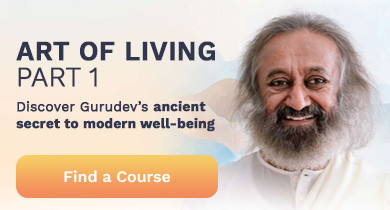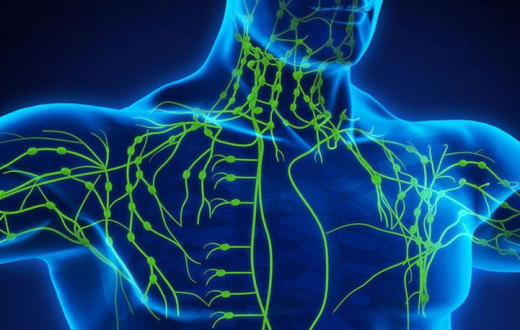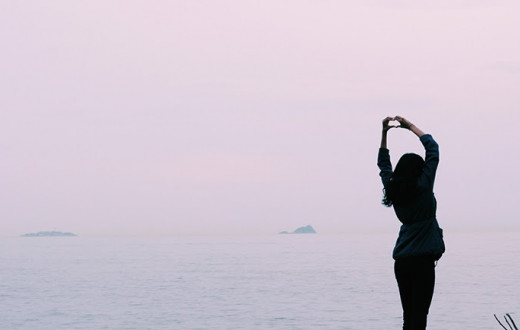Moving Forward
On the one hand, when participants move from the Happiness Program to the Silence Course, they realize it’s a lifestyle thing. People like the idea of it. Others like the idea of going bungee jumping or taking up some kind of extreme sport. They connect with the idea: “Oh let’s go hang off a cliff with ropes and stuff.” We all have our preferences.
I am more than just the thoughts. I am more than this mood or event or these labels they put in front of me
There are also people who may not think it’s a good idea, but their friend drags them to it and they still enjoy it. It doesn’t matter the initial reason. It could be a pleasant surprise. It’s something everyone can actually do, at any age or any time in your life.
Activities on the Course
In truth the subject matter of this course is the consciousness. That’s why it’s a unique course. You can do it over and over, you can do it many times. The material doesn’t become old. To facilitate that, you do certain activities.
We generally wake up fairly early; there’s a lot of energy in that part of the day, so that alone is rejuvenating. Then we have a yoga practice and breathing techniques session, followed by breakfast and some little tasks and jobs that people do, where they do it in a group together. That’s seva and it brings up a great sense of belongingness.
Guided meditations are a big part of being in silence. We’re not in silence the whole time, but its comes to about two full days of silence. Some different processes going into the silence and coming out of the silence help to make the transition smoother, because a lot of energy gets generated.
Benefits of the Course
The whole benefit is very interesting. On the surface level, the benefit is “Oh I feel lighter, I feel more energy.” If you happened to have learned the kriya practice already, you’ll find you’ll automatically integrate it into your routine very easily. Sometimes people take the part one course, the Happiness course, and then they practice but find it hard to be regular with that and create the routine and be disciplined about it and do it every day.
What you find after the Silence course is you automatically just feel, “Oh I want to get up and do that thing.” You’ve been doing it for a few days in a row and it just sets that rhythm in your system. So that’s a good element. Then, of course, you feel more energized, clearer, lighter, and all those things.
Watching Your Own Mind
On a deeper level, you get to experience your own mind. What you’ll notice is it’s either in this happy or neutral state, or a little bit unhappy. This sequence happens throughout any day of our lives. Some moments in the day we feel everything is good, some moments it’s just kind of boring, and some moments something wrong has happened. So you keep cycling through these things.
On this course, you get to watch your mind and its cycles. There’s no other distraction. There’s nothing to blame your moods on, but you’ll still watch your moods going as they fluctuate. It’s not an intellectual process but just by experience, just by seeing that, you get a little bit of distance from it. That realization comes: “I’m not just my mind, I’m not just my thoughts.” That is the point at which you experience true happiness.
When you watch a movie, you’re happy to go to a movie even if you feel sad during the unfolding of the plot. The only way to do that is when you realize that’s not all that you are. Then you have the ability to be in that emotion 100%. This is rarely done, because most people feel anger coming up and think, “Oh no, I shouldn’t,” or “No, no. This is not good,” or “I’m a nice person.” They get all their identification with how they should behave.
Then you just burst out for one second, “Oh no, this is terrible… Okay, I’m fine.” Kids do that, they go 100% into it and when they walk out of that room they’re fine. They’ll fight with their friend and say, “You’re not my friend anymore, I hate you.” They’re really fully feeling it, it’s not like a partial thing. Then, five minutes later, they’re back and everything’s fine.
Later in life when you fight, you’re so much trying to control everything, you don’t have that resilience anymore in your own mind, energy and consciousness. So you fight with your friend, and possibly it could be for many years! “You’re not my friend anymore!” If that comes up as an adult, you’re in a lawsuit, you’re in some crazy thing that’s absorbing so much of your life force. So that ability to be in an emotion, let it go, and accept it, this unique skill increases.
Happiness in the Moment
We try and find our happiness by controlling all situations. We think, “If I have enough money, I can just go anywhere. When I want to be in Paris for lunch, I can at any moment, and that’s when I’m gonna be happy.” Because that’s control, we can do whatever we want. If that were the case then everyone who had that degree of financial freedom would be so happy. But they may not be.
That realization comes: “I’m not just my mind; I’m not just my thoughts.” That is the point at which you experience true happiness.
You ask someone, “What do you need to be happy and when will you be happy?” They’ll always say, “It’s not based on anything.” Instinctively, we know that. But this is the way to achieve it: this course and these practices. You can have that. It’s something that you culture in your system.
Many people think, “If I just read a book about the present moment that’s enough.” Reading does help, it’s a definite eye-opener. But that’s only part of it. Really, by direct experience and by systematically going through that and finding yourself there again and again, you’ll start to say, “Yeah, it’s like this. I am more than just the thoughts. I am more than this mood or event or these labels they put in front of me.” Then you’ll find it.





























